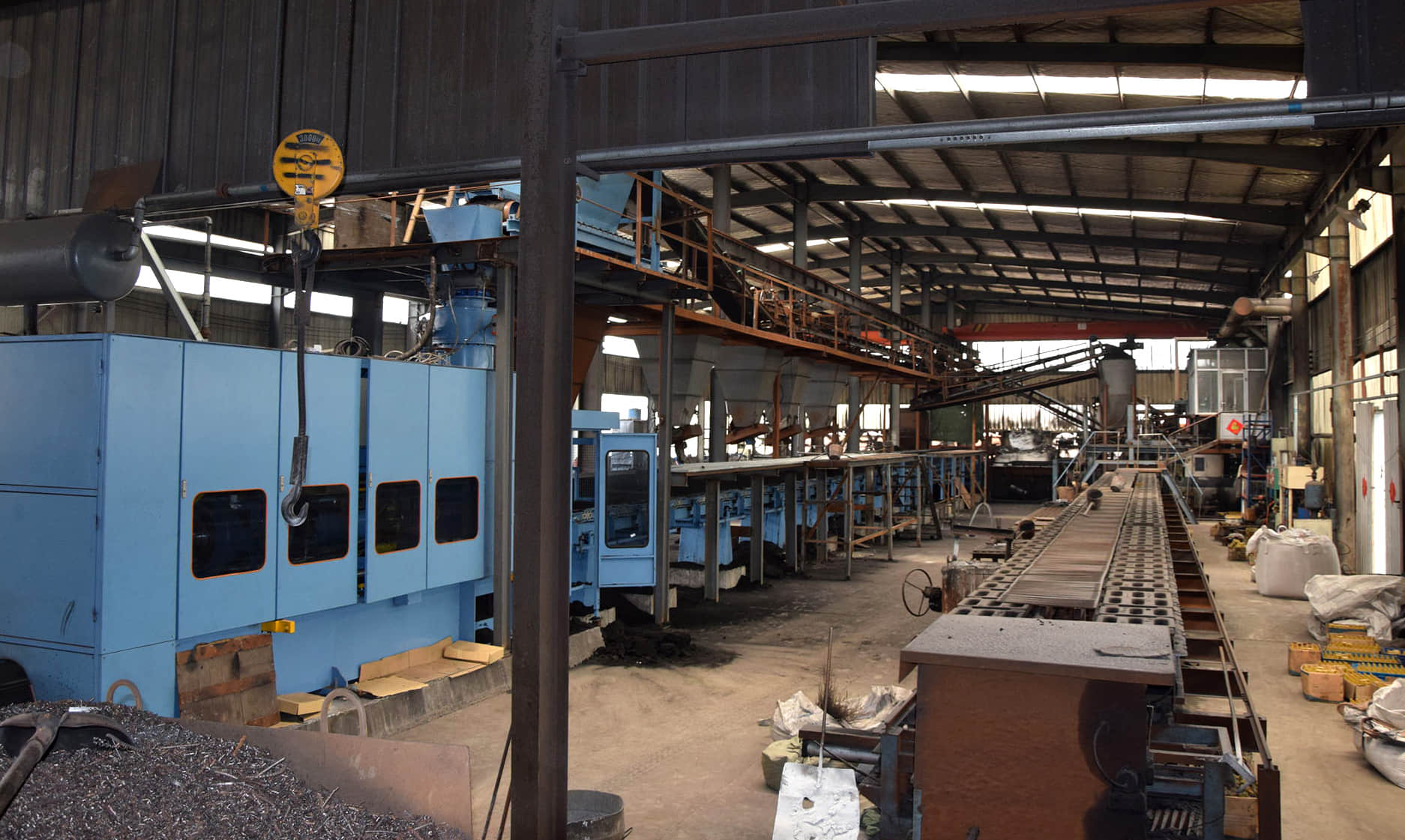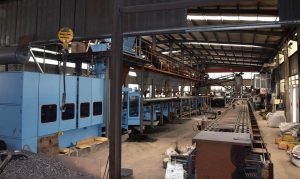Green sand iron casting parts are widely used in various industries, including automotive, construction, and agriculture. These parts are made using a casting process that involves the use of green sand as the molding material. Green sand is a mixture of sand, clay, water, and other additives that make it ideal for casting iron parts.
1. Cost-effective: Green sand casting is a cost-effective method of producing iron parts. The raw materials used in the process are readily available and inexpensive.
2. Versatile: Green sand casting can produce parts of various sizes and shapes, making it a versatile casting method.
3. High-quality: Green sand casting produces high-quality parts with excellent surface finish and dimensional accuracy.
4. Environmentally friendly: Green sand is a natural material that is recyclable and does not harm the environment.
The difference between green sand casting and resin sand casting is as follows:
The raw materials are different. The main raw material for green sand casting is the grinding residue of the grinding wheel, which is then added with an appropriate amount of clay, water, and other additives to form a sand mold. The main raw material for resin sand casting is resin sand, which is then added with an appropriate amount of clay, water, and other additives to form a sand mold.
Production costs vary. The production cost of green sand casting is low, while the production cost of resin sand casting is high.
The application scope is different. Green sand casting has a wide range of applications and is suitable for some parts that require low surface roughness of castings. Resin sand casting is generally used for parts that require high surface roughness of castings.
Quality control is essential in the green sand iron casting process to ensure that the parts meet the required specifications. Here are some of the quality control measures used in green sand iron casting:
1. Inspection: Inspections are conducted at various stages of the casting process to ensure that the parts meet the required specifications.
2. Non-destructive testing: Non-destructive testing methods, such as X-ray and ultrasonic testing, are used to detect defects in the casting.
3. Statistical process control: Statistical process control is used to monitor the casting process and identify any variations that may affect the quality of the parts.
4. Documentation: Documentation is used to track the casting process and ensure that the parts meet the required specifications.
Coated sand casting is a casting process that uses coated sand to make molds or cores.
Green sand casting is also called coated sand casting.
Coated sand is a molding sand and core sand that is coated with a solid resin film on the surface of the sand particles before molding and core making, also known as shell (core) sand. The coated sand mainly uses quartz sand as the raw material, thermoplastic phenolic resin, urotropine, and reinforcing agent as the raw material. There are two laminating processes: cold method and hot method. But the cold method involves first adding an aqueous solution of urotropine, followed by film covering, crushing, and screening. Now it has developed into a coated sand made by adding thermoplastic phenolic resin and latent curing agent, namely urotropine, and lubricants through the coating process. When the coated sand is heated, the resin coated on the surface melts, thereby solidifying and forming the coated sand.
The weight of parts produced by coated sand casting is not too much like 1kg-30kg.The surface is relative smooth than clay sand casting.The size is also much accurate and torlance is smaller.Sometimes customer will inform they request coated sand casting and we do according drawing.




















-3.png)



-3-300x249.png)
